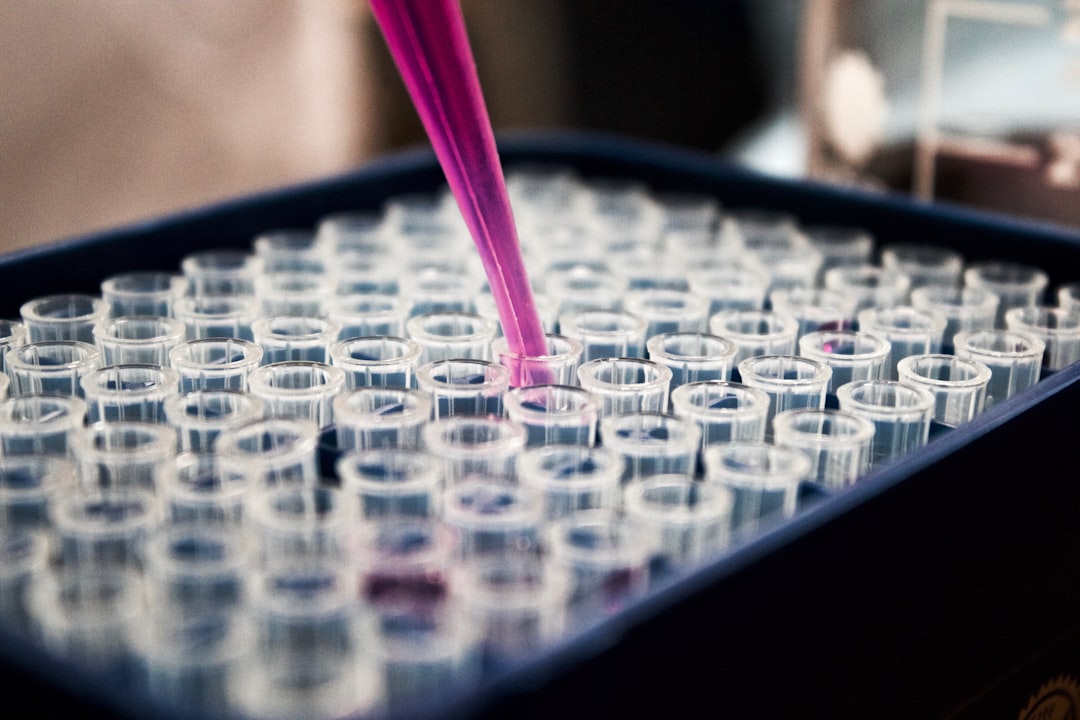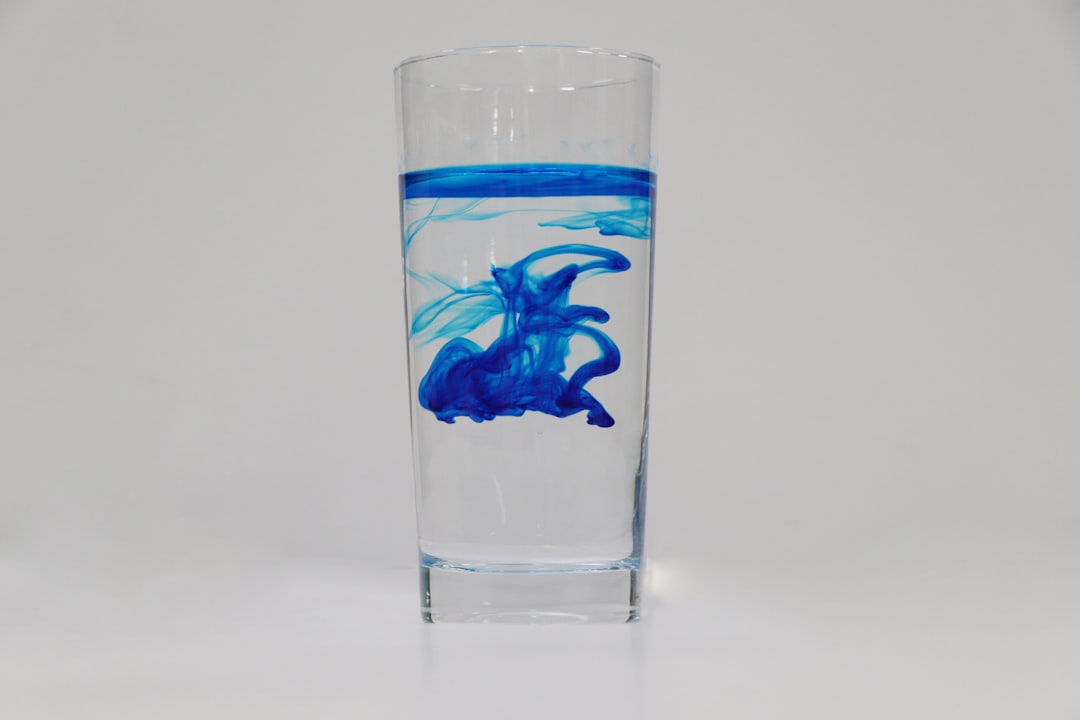What is it about?
Backround: We reported on a patient with mild traumatic brain injury (TBI) who demonstrated with permanent central diabetes insipidus(DI). Case report: A 21-year-old man admitted to our out-patient clinic with polyuria and polydipsia one week after a mild head injury. He was well except for these complaints. The initial laboratory work-up was consistent with diabetes insipidus. There was no abnormality with other laboratory and hormone values. MRI showed lack of neurohypophyseal hyperintensity with no other abnormal findings. The patient responded well to desmopressin therapy. At the first year of the diagnosis, the patient still needed to use desmopressin treatment as we concluded that DI is permanent. Conclusion: DI is not uncommon after TBI, but it is often seen after severe TBI. We present here an extraordinary case of developing permanent DI after mild TBI with absense of neurohypohpyseal bright spot on MRI with no other abnormal finding.
Featured Image

Photo by Robina Weermeijer on Unsplash
Why is it important?
An unusual case where the ADH secretion system is permanently affected by only mild head trauma
Perspectives
The pituitary gland has a unique anatomical structure and may need to be evaluated even after mild head trauma.
ersen karakilic
Canakkale Onsekiz Mart Universitesi
Read the Original
This page is a summary of: Permanent central diabetes insipidus after mild head injury, BMJ Case Reports, May 2019, BMJ,
DOI: 10.1136/bcr-2018-228737.
You can read the full text:
Contributors
The following have contributed to this page










